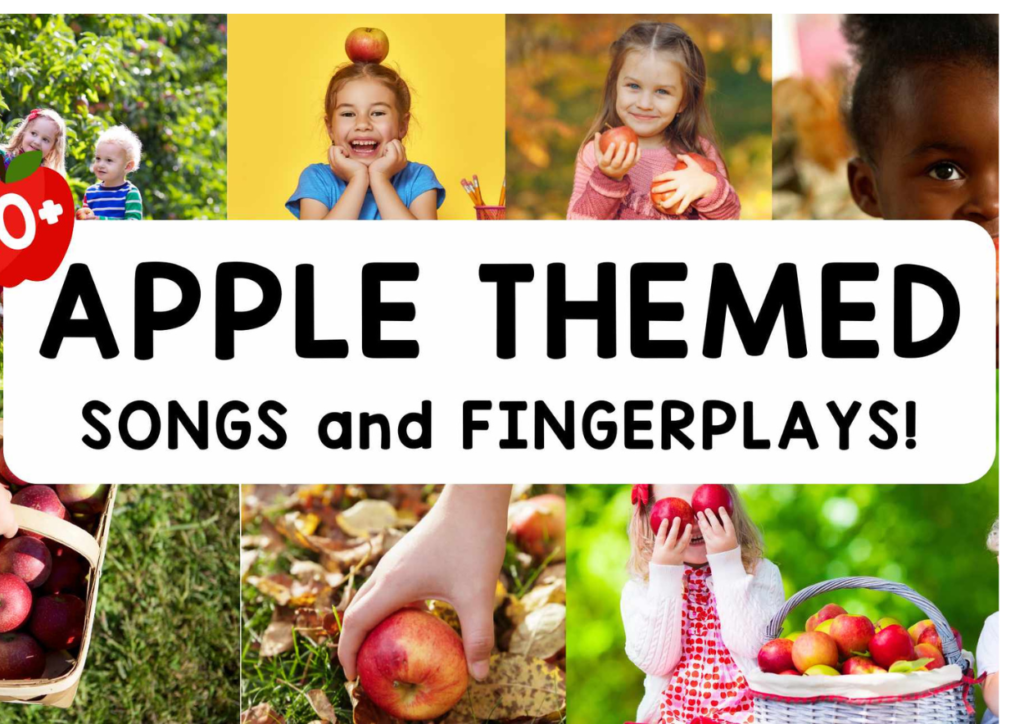Objective: #
- By the end of the lesson, students should be able to:
- Identify and pronounce numbers 1-10 in English.
- Recognize and name basic colors in English.
Materials Needed: #
- Large printed numbers (1-10).
- Colored flashcards (red, blue, yellow, green, orange, purple, black, white, pink, and brown).
- A basket of mixed colored objects (toys, fruits, or stationery).
- A fun counting song (available online or on children’s CDs).
- Whiteboard & markers.
- Duration: 45 minutes

Introduction (10 minutes): #
Warm-Up (10 minutes) a. Greet the students in English with a simple “Hello” and encourage them to reply back. b. Engage them in a quick physical activity like “Simon Says” to get their energy flowing.
Introduction to Numbers (10 minutes) a. Display the printed numbers 1-10 sequentially on the board. b. Pronounce each number clearly and ask students to repeat after you. c. Use fingers to represent each number and count aloud. Encourage students to do the same. d. Play the counting song and have students clap or tap their feet to the rhythm.
Introduction to Colors (10 minutes) a. Show a colored flashcard and pronounce the color. E.g., “This is red.” b. Ask students to repeat the color name after you. c. Do this for each color, then mix them up and test if students can recall the colors.
Activity: Color and Number Matching (10 minutes) a. Scatter the colored objects around the room. b. Ask students to pick a certain number of objects of a particular color. E.g., “Can you find 3 red toys?” c. Praise students as they complete each task.
Closure (5 minutes) a. Review what the students have learned by pointing to the numbers and colors and having them shout out the names. b. Play the counting song one more time for reinforcement. c. End the lesson with a simple English goodbye and encourage them to reply back.
Assessment:
Throughout the lesson, observe the students. Note which students are able to correctly identify and pronounce numbers and colors, and which may need extra support.
Extension: For the next lesson, you can build on this by introducing simple math concepts with the numbers or teaching them about shades of colors (e.g., light blue vs. dark blue). Remember to always maintain a fun and interactive environment to keep the children engaged. Adjust the lesson based on the needs and pace of the students.




